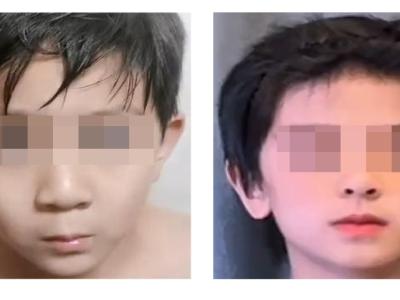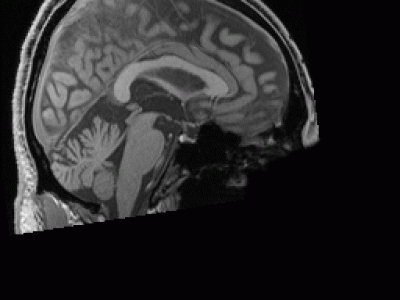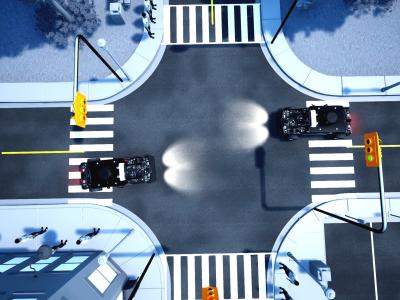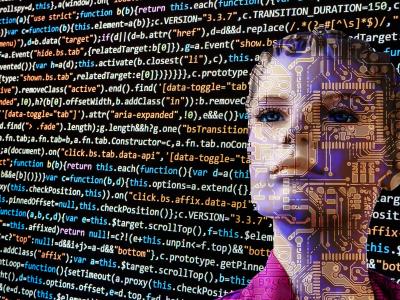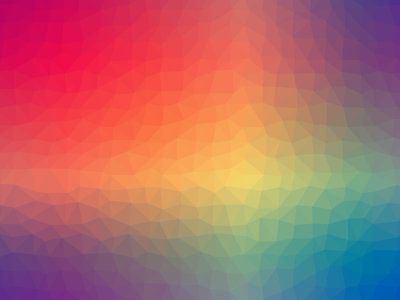
A total of 1035 color Doppler US images of heart patients, who were suffering from MR has been collected from the department of cardiology, Swami Rama Himalayan University (SHRU), Dehradun, India. The US images (800 × 600 pixels) used for the analysis of MR were recorded by Philips US machine equipped with multi-frequency transducers of 2-5 MHz range. The images were collected in three different views, i.e., A2C, A4C and PLAX view.
- Categories:
